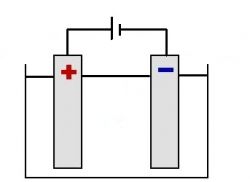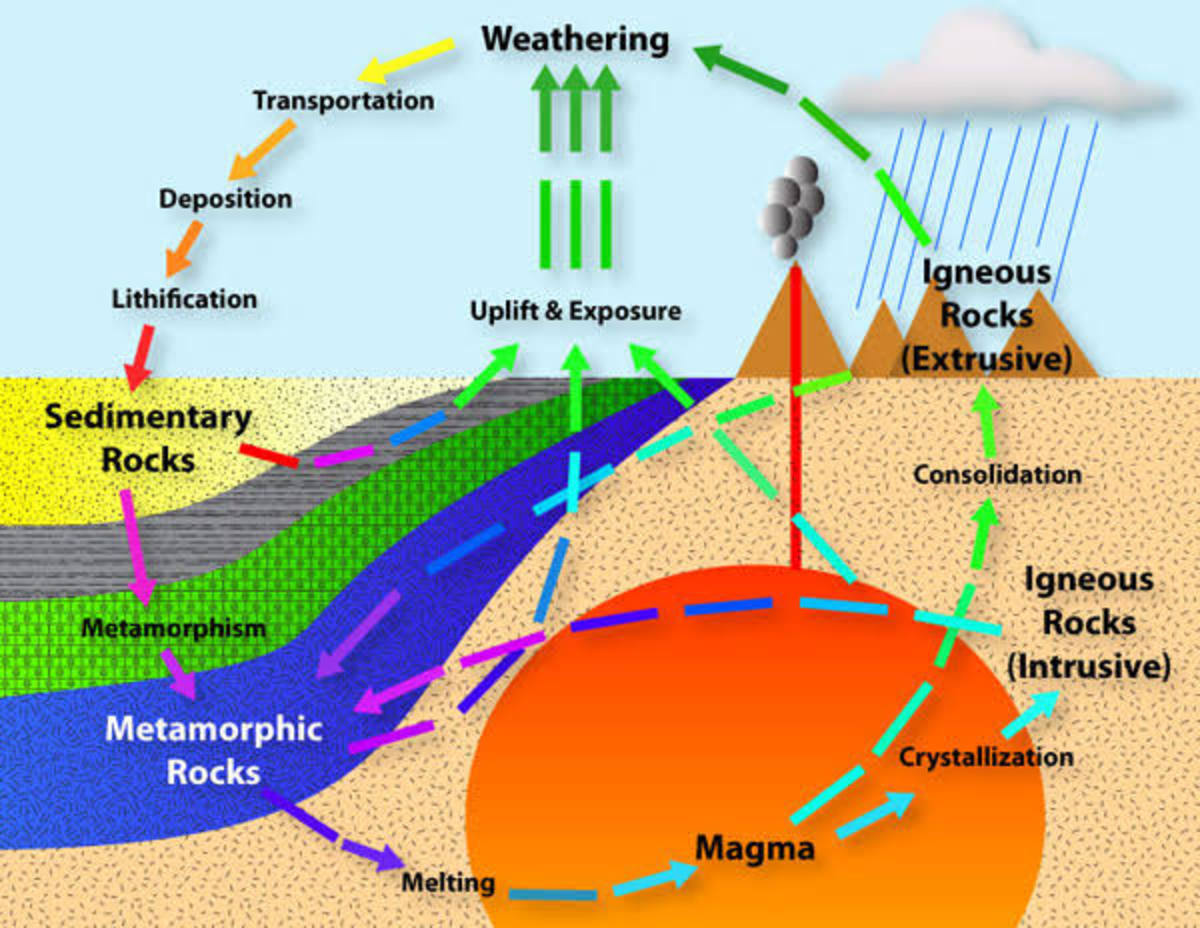How to Teach Electrolysis?

Wondering How to Teach Electrolysis Effectively? You've come to the right place!
Electrolysis is one of the many famous topics in chemistry BUT does every student understand it first-time? Not so.
There are many abstract things happening in an electrolytic cell which some of the students cannot see them immediately. Thus, it is the teacher's job to clarify these for the students!
The question is... How? Let's see some of the effective methods or techniques that I've used to teach my students.

4 Simple Steps to Teach Electrolysis Effectively
1. Always Let Your Students Know the PURPOSE of Electrolysis (remind them from time to time)
Many teachers start off with drawing the electrolytic diagram on the board, label it and explain.
I find that if you let the students SEE why do we need to have electrolysis, they would be more interested to learn.
If you straight away start off with the diagrams and explanation, they will be turned off in a jiffy and you'll have a hard time making them understand what you're teaching.
Therefore, try to start the lesson with a video that shows why do we need electrolysis.
A very good example is the video that shows the extraction of Aluminium. Show them a 3-minute video of how Aluminium is extracted from bauxite in the industry and they'll be ready to learn the nuts and bolts of Electrolysis.
2. DO THE EXPERIMENT!
Students are always interested to be involved in an experiment, more so if they're doing it.
Conducting an experiment can help a student to understand something better by seeing first-hand what is actually going on, right before their very eyes! The experiment will be sure to stay in the students' minds and this will help them remember better.
I suggest that the experiment to be done right after you've explained the theories and diagrams on the board.
3. USE DIFFERENT ELECTROLYTES
Don't just stick with the same old Sodium Chloride solution, be it doing exercises, explanation or experiments. Always try other compounds so that students can understand better.
4. MAKE SURE YOUR STUDENTS DRAW THE DIAGRAMS TEMSELVES
It is vital for your students to draw the diagram themselves on a piece of paper or in the exercise book.
Merely listening to your explanation is not enough; they need to get their hands on the drawings so that you could see whether they truly understand what you have taught them.
Drawing it themselves will surely strengthen their understanding and memory.
Summary
In conclusion, chalk and talk just won't do it! Especially in teaching of Electrolysis! If you integrate the tips I've mentioned above into your lesson of electrolysis, then I'm sure your students will surely understand Electrolysis better and this knowledge will be there to stay in their mind for a long time.
*Any comments, recommendations and suggestions are welcome! Together let us fulfill our responsibility as a good teacher ;)
Click On These to Learn More!
- Scribd on How to Teach Electrolysis
Great ideas for teaching electrolysis - Forum on Teaching Electrolysis
This is a forum where teachers discuss about how to teach electrolysis - How to Teach Effectively Like a Pro
Check out my lens on how to teach / deliver your lesson better!
Suggested Video for Teachers!
Check These Out @ Amazon
And don't forget to Like my Lens! (winks)










